Water safety is critical for children to be taught because it’s a lifesaving skill one day, might make the difference between life and possibly death. Teaching kids proper pool safety rules and important water safety skills, is essential to learn at a young age, and continuously be taught and reinforced throughout childhood. Here are important water safety and pool safety rules to teach and reinforce with your children.
We detoured from our annual Easter trip this year to retreat to a ranch house with a private swimming and fishing lake in the backyard. My six-year-olds are great swimmers – sometimes overconfident – but they are aware of their water boundaries and know the hard rules about water safety.
My two-year-old however, does not.
She loves the water and would quickly wander into it up to her knees until she’d take an uneven step with the rocks and sand under foot and put her hands out to catch her fall forwards.
She’d cautiously doddle closer to the shore after the first fall and would never go deeper than her knees after that.
I kept a close eye on her during the trip but it’s a daily chore to keep tabs on her, even at home these days.
She has a look on her face when she’s thinking of running in the opposite direction of where I’m at. She half smirks, with one foot planted in a runner’s stance and if I turn my body in her direction, or ask her to stay put, I can pretty much guarantee she hears an imaginary starting bell and she’s off.
How quick is she?
Quick enough that I have to hit a dead sprint to catch her. This happens at least three times a day while my neighbors watch and joke that she’s our budding track star.
On the last morning of our stay at the ranch I was packing bags into the car and she was doodling underfoot and picking dandelions. I shut the car door and called for her to come back in the house with me to grab one last bag.
There was no response.
My husband was showering and the older kids were coloring in the house so I called again. Still no response.
Before I could even think, I turned on my heel and bolted around the side of the house heading straight towards the lake. My eyes scanned the water’s edge and were looking for a bright pink coat floating in the water.
I didn’t see anything, but I still didn’t see her.
Maybe she’s underwater was my first thought. I needed to get to the water to look closer for her.
I ran towards the water’s edge screaming her name until my husband ran outside too… with our two year old wearing her bright pink coat standing behind him.
It took a moment for my heart to stop racing and I felt an instant wave of relief at seeing her dry and with him but for those 10 seconds, all the what ifs raced through my head.
Water safety is one of the most important lessons I can teach my kids. I know its my job to consistently hammer home the rules of being around the water with all of my kids until I turn blue in the face.
I grew up in California, a total water baby who spent her mornings, days and nights at the pool for swim practice, playing in our backyard pool, tubing and water skiing at the lake, boogie boarding in the ocean and skipping rocks in the river.
I was part-fish and could tread water and would swim in the ocean until my parents were forced to wade in and get me when I was seven. I was in the water in some way every day of my childhood.
My children though, have a different experience. Being land-locked in Colorado they love the water but only spend several months of the year practicing their swimming skills. As a Mom who grew up loving the water, I want to share this with them but first, have to teach them how to be safe and know the hard rules about water and pool safety.
Want to Learn CPR and be Prepared?
Thrive Training offers an online CPR and AED Training Course so you can be CPR certified in your home in less than one hour. I recently updated my CPR training which is valid for two years through Thrive Training.
Use my code Corinne10 to get $10 off your registration.
These Are the Hard Facts About Drowning:
- Drowning is the leading cause of death for children 1- 4 years old;
- Drowning happen fast — sometimes in less than 2 minutes after a person’s head dips under the water;
- Children over 5 Years Old are more likely to drown in water such as ponds, lakes and rivers;
- Most drownings and near-drownings happen when a child accidentally falls into a swimming pool.
Accidents can happen anywhere — at someone’s home, even your own home or near a popular pond you’re simply taking a stroll around.
Knowing how to be safe around water at every age can save your life – and someone who you love. Equally important is to know the 5 Signs of Drowning (because you only have 20-60 seconds before they silently slip under.)
NEVER LEAVE KIDS UNATTENDED IN OR NEAR WATER
It’s tempting to run inside your house to grab something or go to the bathroom when your child seems like they’re playing well by themselves, but drowning takes moments and leaving your kids unattended should never be an option.
If you have to step away, make sure another adult or your spouse can supervise the children in the water. If this isn’t an option, pull your kids out of the water for a couple minutes and bring them with you.
If you are at a public pool, play near a lifeguard so you have an extra set of eyes on your kids and someone trained to watch for the five signs of distress and drowning.
Even if your children can swim well, they still require supervision. Always supervise when your kids are playing near or in the water.
Don’t assume other adults who are with you at the pool or if you’er near natural water, will keep an eye on your kids. Never trust another child to look after the safety of your own kid.
SWIM LESSONS ARE A LIFESAVING INVESTMENT
Swimming is fun and sometimes the only way to cool off on a blistering summer day, but it’s a lifesaving skills every child should learn.
Start your kids young (even 6 months old!) and enroll your kids in swimming lessons and safety swimming. Local recreation centers and your local YMCA will have more reasonably priced lessons.
Look for Red Cross oriented lessons and while young kids are learning the basics and becoming better swimmers, also throw on a life jacket when they’re in the water outside of lessons.
Kids who have a good base for swimming should know how to:
- Float and tread water for 60 seconds;
- Are comfortable going into the water where it is deep enough to be over their heads, swim to the surface and return to the side of the pool;
- Swim 25 yards in a pool;
- Exit a pool without using a ladder and natural bodies of water
POOL TOYS & WATER WINGS ARE NICE BUT USE CAUTIOUSLY
Two summers ago, I grabbed two packs of water wings in the swim section of Target before our trip to the Hot Springs. When we got to the pool, while the kids pulled on their goggles and rubbed in the rest of the sunscreen, I blew up water wings and slipped them on their arms.
They loved the freedom the floats gave them and had no problem staying above water when they were on. After a half an hour, I felt the kids were safe enough to give them a couple extra feet of distance and let them get out of arms reach (but within reach to get to them quickly.)
Not five minutes later, I saw my daughter dive underwater and then her water wing popped up to the surface, but she didn’t.
Seconds later she was thrashing and kicking to the surface for air. Her water wing had slipped off, even though it was on tight enough to leave indents in her arm and I wasn’t able to pull it off when we were out of water.
As it turns out, water wings and inner tubes are not U.S. Coast Guard certified because of this very reason – they are slippery and have no guarantee of staying in place, or worse, inflated.
Lifejackets are certified and typically the only piece of floating equipment most pools allow because they are tamper and slip proof when they’re properly worn.
Pool toys that float and are filled with air (inner tubes, beach balls, floating mattresses for example) are fun and may even help you learn to swim, but if the toys lose air or float away, this can put children in danger.
ALWAYS KNOW THE DEPTH OF WHERE YOU SWIM
Who doesn’t like cannonballing or diving into the pool, lake or pond? Making a gigantic splash and soaking your Mom is fun (so I’ve been told!) And while jumping in the water is a blast, teach children to always check the depth of where they’ll be diving in. Our little rhyme is; “LOOK BEFORE YOU LEAP!”
If you’re swimming in a lake or pond and you don’t know the depth of the water, be extra cautious and never dive in and risk your own safety. Murky water can be deceiving, and may not show jagged rocks and hidden dangers underneath the surface.
Kids can easily become overconfident in the water, remind them to only swim at a depth that is safe and appropriately matches their swimming ability.
When kids are just learning to swim, stay in the shallow end and give them fun pool toys to dive for and play with until they’re better swimmers and more comfortable in the water.
DON’T PLAY OR SWIM NEAR DRAINS
Teach children early that playing with and near pool drains, and especially spas and kiddie pools with suction outlets or missing covers is a big no-no.
Swimsuits, long hair, fingers and limbs, and anything else children may be wearing like jewelry or decorative swimsuits with tassels, belts, etc. can get pulled into the drain and cause the child to become stuck – sometimes under water.
If drains have missing or broken covers, the suction can be so powerful that even adults can get stuck. If you’re in a spa, know where the emergency vacuum shutoff valve is before you get in the water in case this were to happen.
WATER SAFETY 101: WALK, DON’T RUN
I know during the summer I am a broken record every afternoon when I yell, “Walk” approximately 33 times. Water on pool decks are a big cause of incidents at pools during the summer months. Always walk, no running on slippery surfaces.
KEEP YOUR PHONE NEARBY – BUT STAY OFF IT
It’s tempting when your kids are splashing and happily playing in the water to get on your phone and check your Facebook feed for a quick minute, but browsing and texting are huge distractions and make it easy to miss something.
Having your phone nearby in case of an emergency if you need to call for help, but don’t let it distract you from the children playing in front of you. You don’t want to look up and find your daughter falling in the deep end or another child holding your son underwater.
DON’T HAVE RIDE-ON OR ROLLING TOYS NEAR THE POOL
If you have a pool in your backyard, especially if it’s not enclosed, this is a great tip to keep in mind with all the toys you probably have in your backyard at this very minute.
Ride on toys are a blast for little kids, but if they roll into the pool while they’re on them, they become dangerous very fast. Keep all ride-on toys and toys that roll away from the pool area.
That morning at the ranch could have been a different story for our family. Thankfully it’s not, but when I think of it, it serves as a terrifying reminder how quickly a story can change.
I’ve thought about my daughter a hundred times. I may have turned my back to put two suitcases in the car for 15 seconds. Maybe 20. And in that time she disappeared.
She could have made it to the water in that time. She could have gone in. I could have pulled her out of the lake, and that thought alone sends shivers down my spine every time I replay it in my mind.
No matter that age of your children, please teach them water safety and pool safety rules. Enroll them in swimming lessons and help them to be comfortable in and around water, but still cautiously know the dangers of being in it and around it.
Thrive Training offers an online CPR and AED Training Course so you can be CPR certified in your home in less than one hour. I recently updated my CPR training which is valid for two years through Thrive Training.
Use my code Corinne10 to get $10 off your registration.
WANT MORE?
- 5 Signs of Drowning You Think You Know, But You Don’t
- How to Create a Positive Home (And Why this Will Affect Your Kids Forever)
- Want to Raise Confident Kids? Do This!
- The Best Inside Activities for Entertaining High-Energy Kids
- Teach Your Children How to Choose the *Right* Friends
- Overwhelming Situations When Kids Need Their Parents to Intervene
- 25 Fun Ways to be a More Playful Parent with Your Kids
- Connect With Your Daughter – 21 Fun Things You’ll Love Doing Together
Want even more?
Shop All Parenting Resources
Shop all of our parenting resources from self-regulation tools and managing big emotions to building self esteem and confidence. There are resources for all seasons of life!
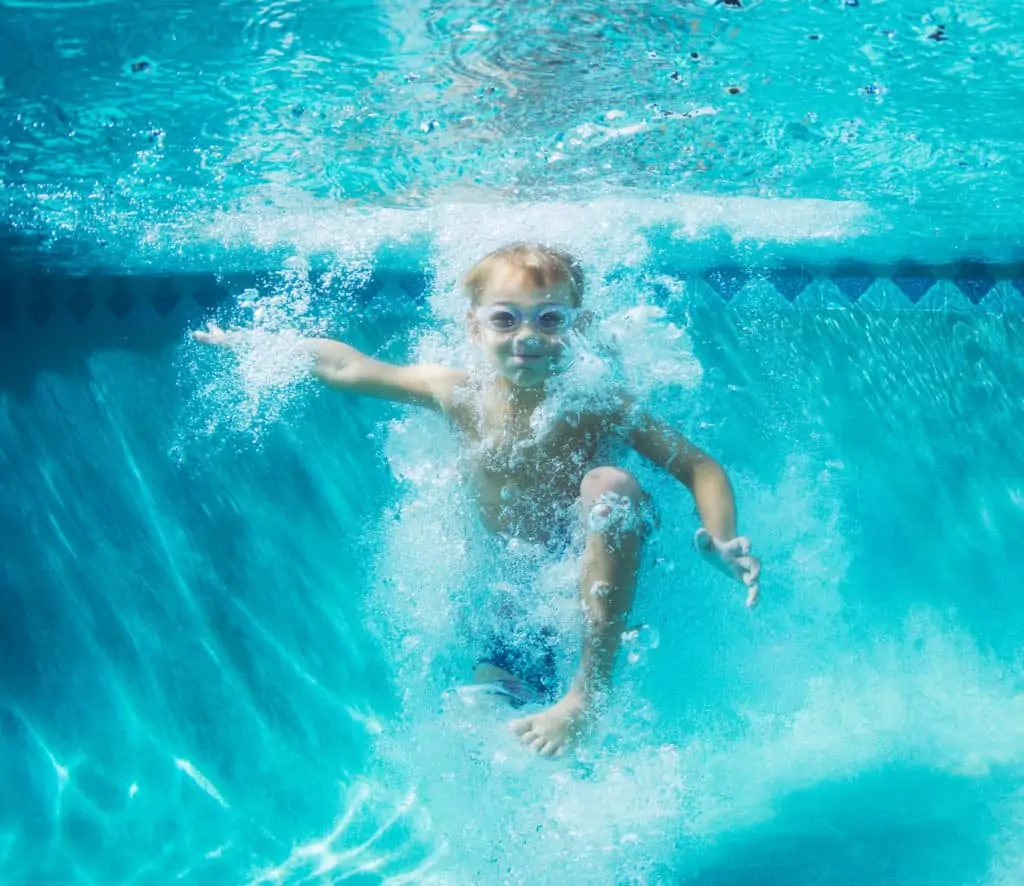
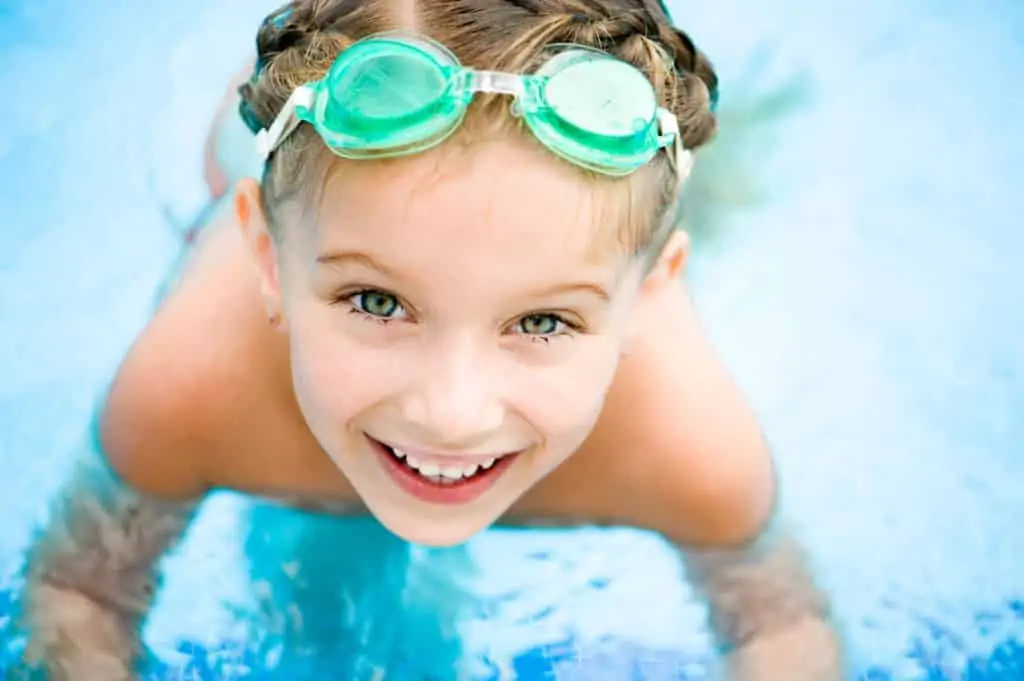
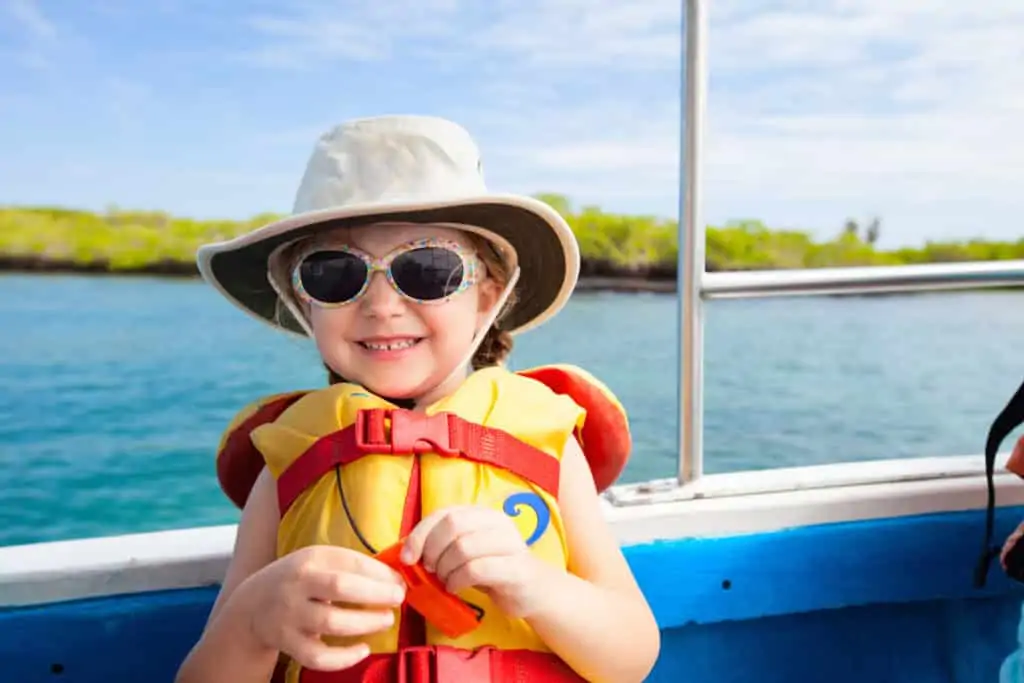
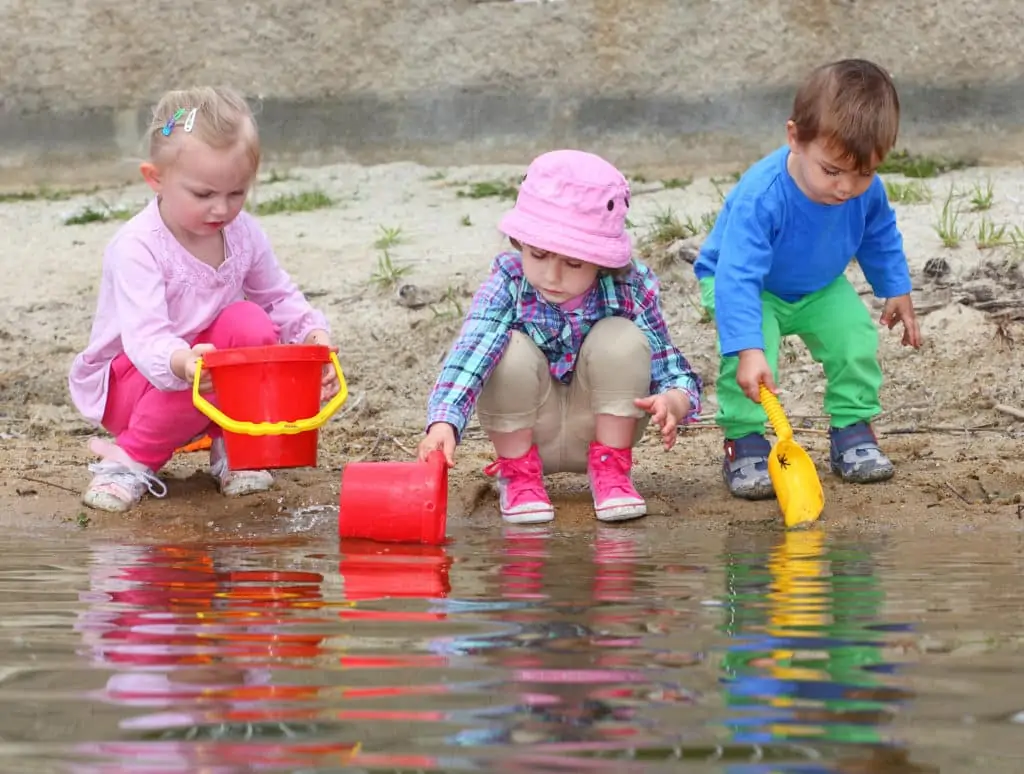
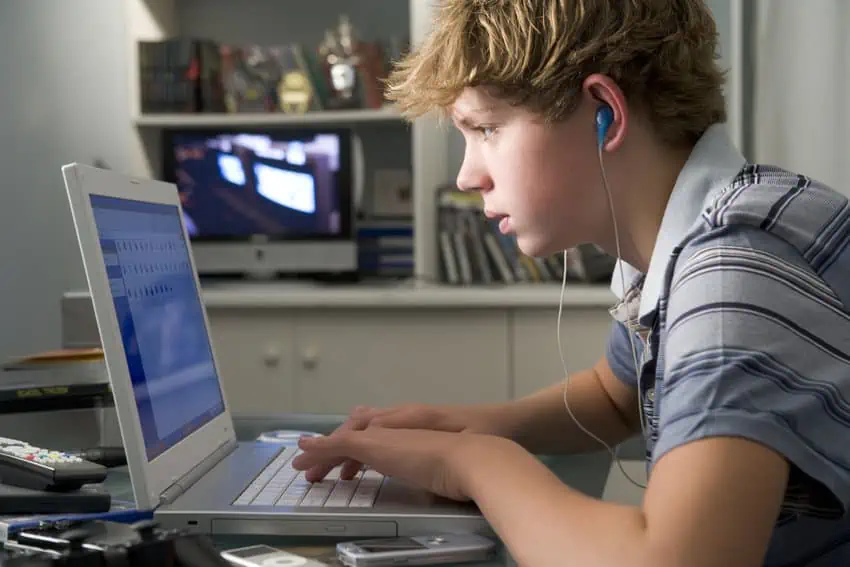
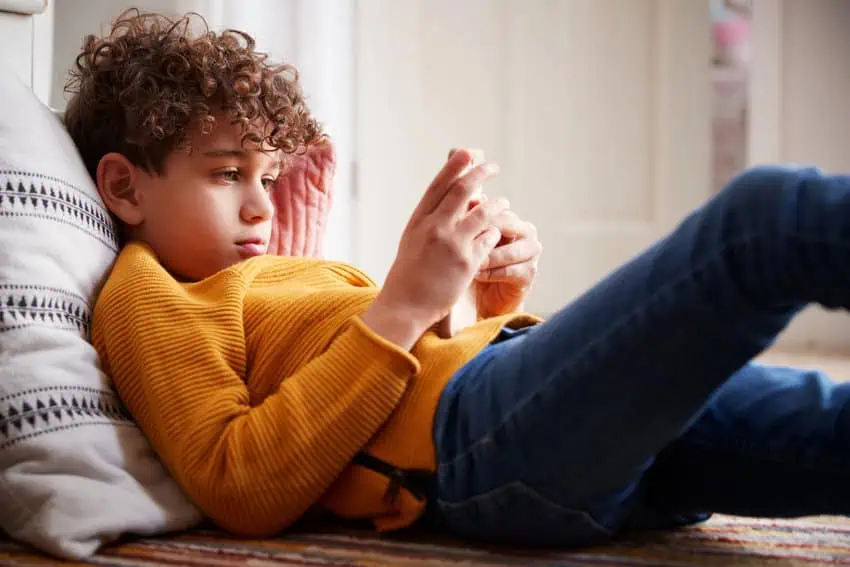
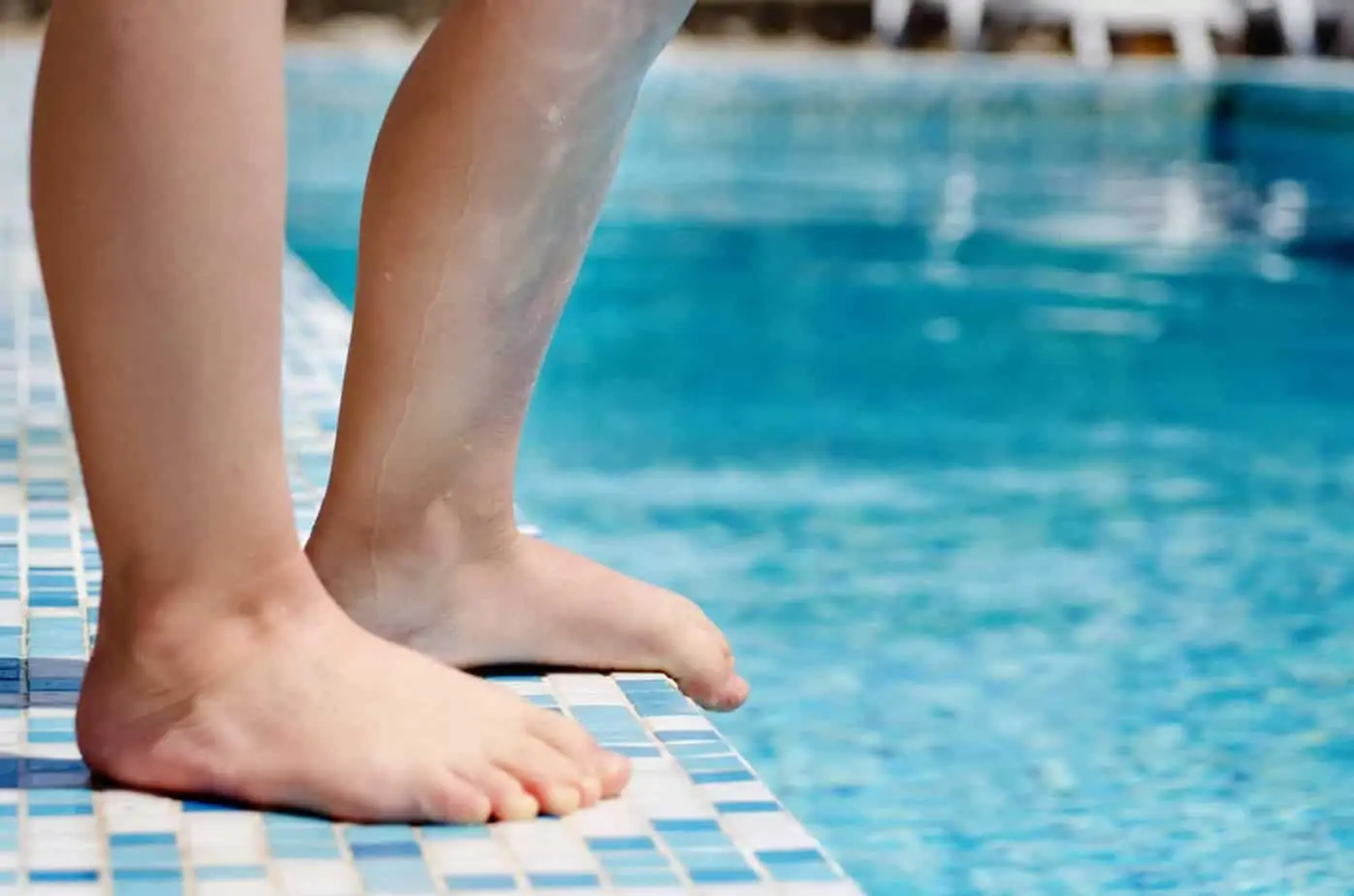


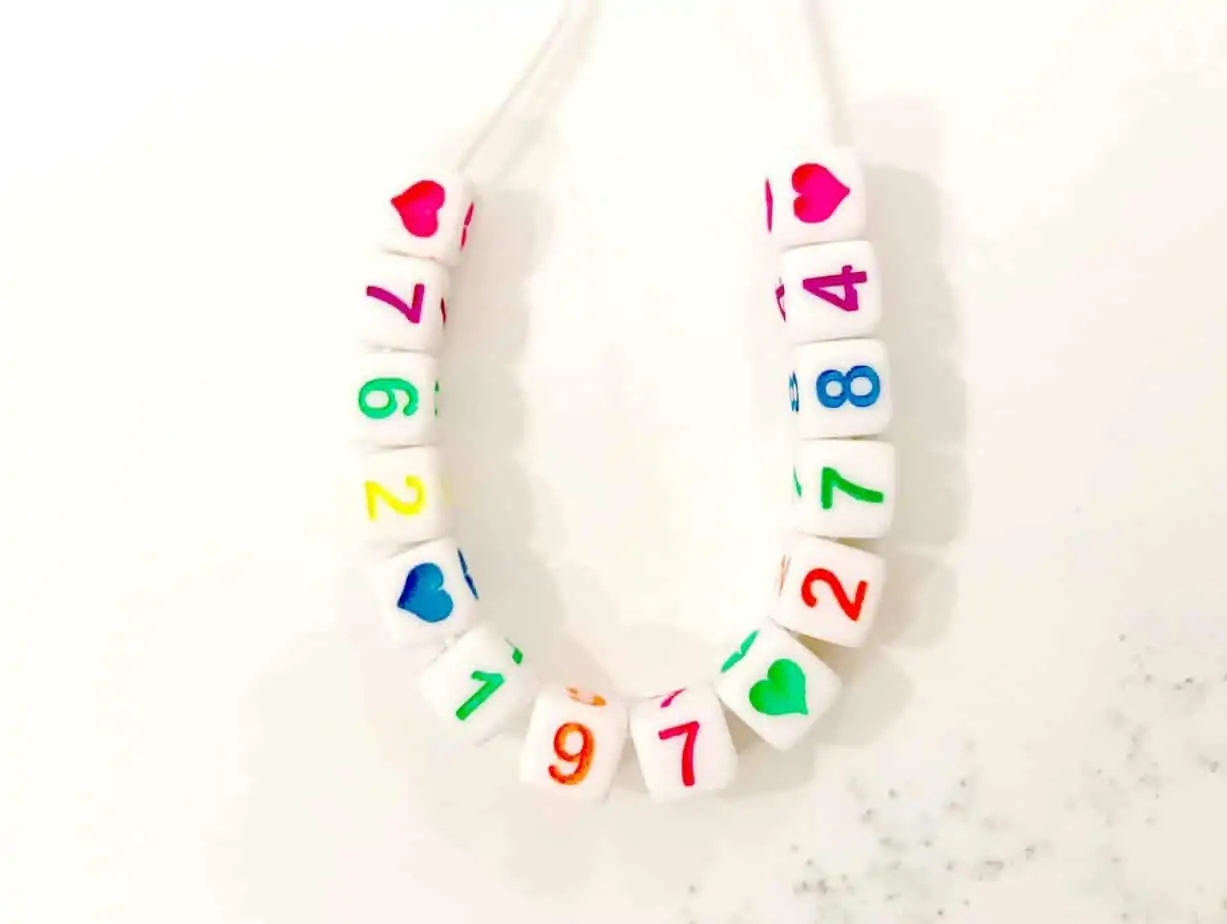

In my pool, I create some rules like yours and my kids are following my rules. They don’t run pool area, toys out of the pool area when it’s not in use, they don’t ride toys in the pool area. It doesn’t make 100% safe, but safe enough.